Helen Walls puts this into perspective in an Education Hub article,’ Effective Writing Instruction in the junior primary years’.
Working memory limitations are a key consideration for teachers of young children. Consider all the cognitive processes involved in writing the word ‘dog’. A student needs to hold a pencil comfortably, understand the instruction, hear the word correctly and segment it into sounds, recall the sequence of sounds, know which letters to use, and form these letters on the page. Until these tasks are automatised they are likely to occupy all of a student’s working memory, making it impossible for them to focus on other aspects of the writing process, such as the ideas they wish to express.
Expecting ‘a story’ from students who have not yet mastered the sub-skills will not lead to progress with composition…
https://theeducationhub.org.nz/effective-writing-instruction-in-the-junior-primary-years/
What I did as the teacher to start the process
I read a PM story with simple repetitive sentences about movement. The girl’s group discussed what they liked to do i.e. jump on the trampoline. I modelled writing a sentence on the whiteboard and the group discussed how the sentence started, with a capital letter and how it ended, with a full stop. We talked about having finger spacing between the words.
Together we practiced sounding out words using our fingers to show how many letters we were using.
sounding out is my favourite part of writing.
I explained that when I was drawing my picture on the whiteboard, I was thinking about my story. Each student in the group would then quietly draw their picture and think about their sentence.
drawing the picture makes me think of things for my story.
The writing books have a blank space at the top for drawing or brainstorming. I highlight every second line in the margin so the students knew to write a line, miss the next line and so on. This gives the teacher space to help with spelling and corrections.
The group was excited to begin writing. They are remembering their sentences which they have said out loud to me. They are sounding out new words and using word cards to spell frequently used words that can’t be sounded out such as was. They are remembering how to form the letters that make those sounds. There’s a lot of brain work happening here.
I’m proud. I know what I’ve written.
To simplify how to begin the sentences, I used sentence starters with the group to begin with.
The group uses alphabet cards which have the letters on one side. This can be a handy referral if they have forgotten how to form the letter. On the other side are the words frequently used that can’t be sounded out such as the.
we use them by looking for the word we need.
As the group progressed over the weeks they would share ideas with a partner then relate their partner's idea to the group. This ensured that students were actively listening to their buddy and everyone had the opportunity to share their thoughts to the whole group.
sharing gives me more ideas.
It has been encouraging to see the confidence within the group grow. Where once they would rely on the teacher to help them segment and sound out a word, they are now doing this with a buddy in the group. Or a student will ask a buddy to help them find a letter or word on their cards. I also often hear them repeating ‘Handwriting Heroes’ songs to help them with letter formation.
Introducing a Visual Proofreading Tool
I was fortunate enough to have a visual proofreading tool that a former teacher has passed on to me. It helps the students to check:
- They have begun their sentences with a capital letter
- They have finger spacing between the words
- They ended the sentences with a full stop
- They have sounded out some words in their sentences
- They have planned their writing with a picture
- They can read their sentences to a buddy or the teacher.
- At first we would tick each of these together. It is time now to have them move to doing this independently and reading their sentences with a buddy.
The group comes to write each day excited to begin. They are now suggesting writing ideas and we have made each Thursday a free writing day where they choose what they want to write about. The teacher's job is to continue teaching the skills while never letting the students lose their love of writing.
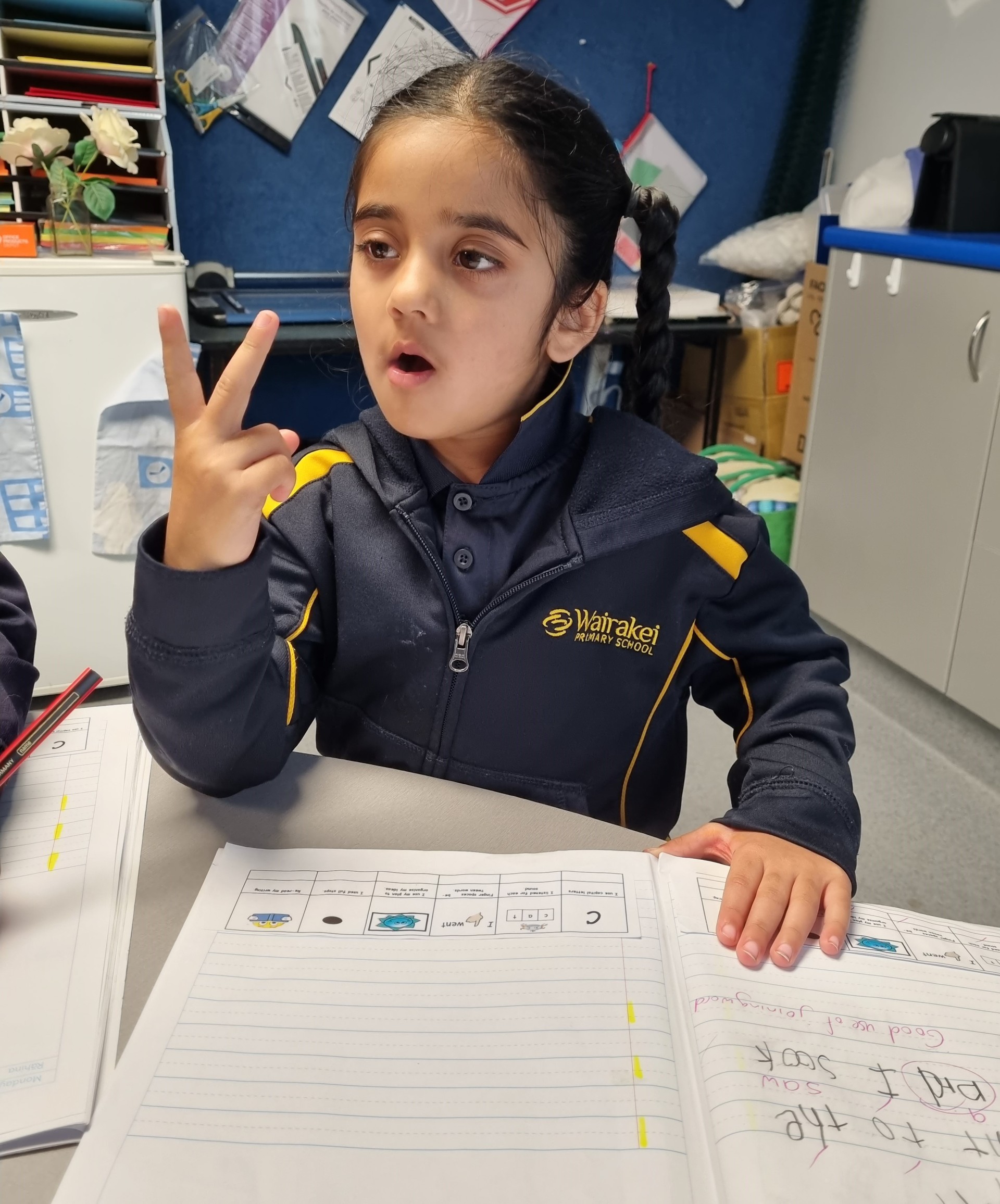
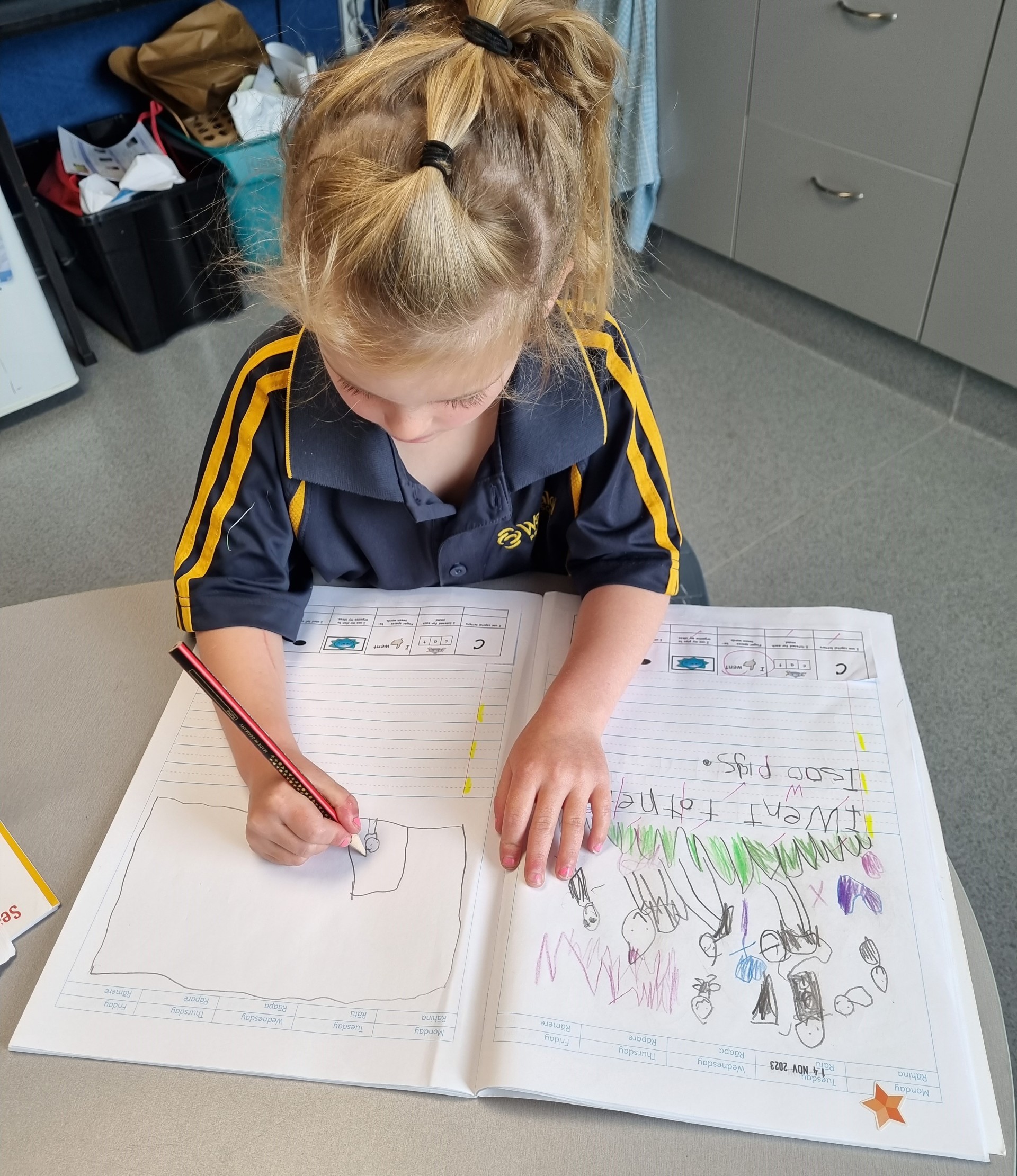
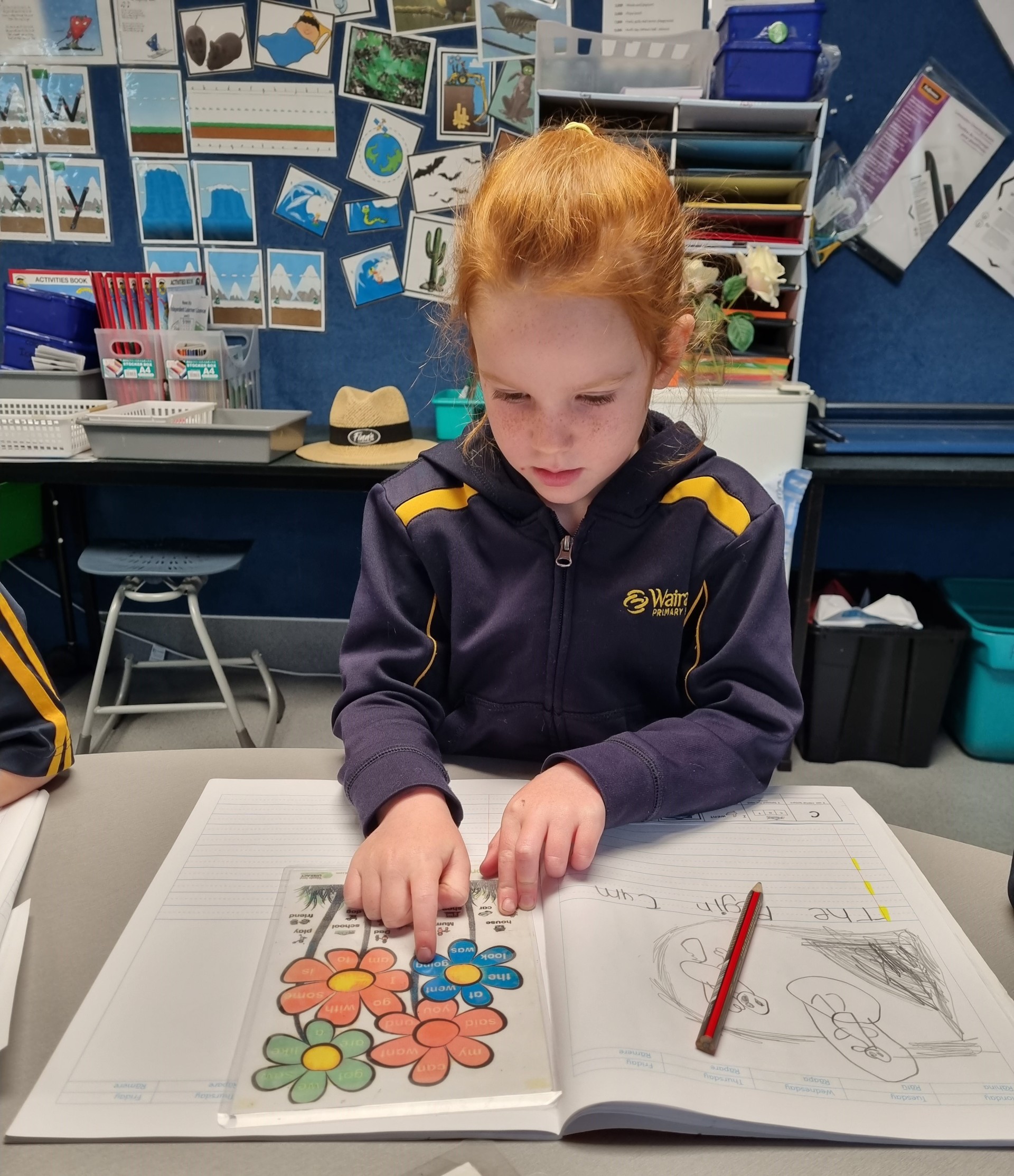
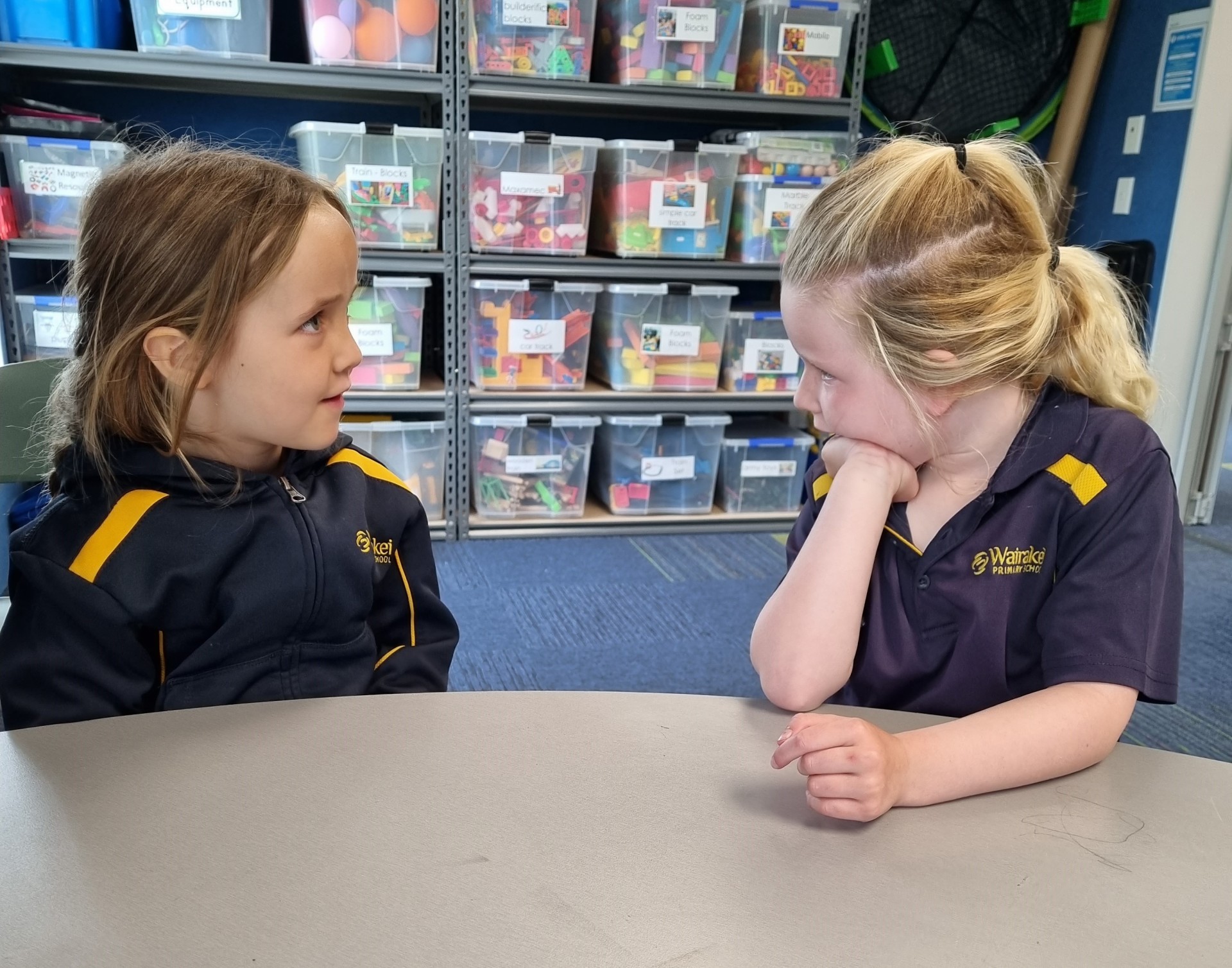
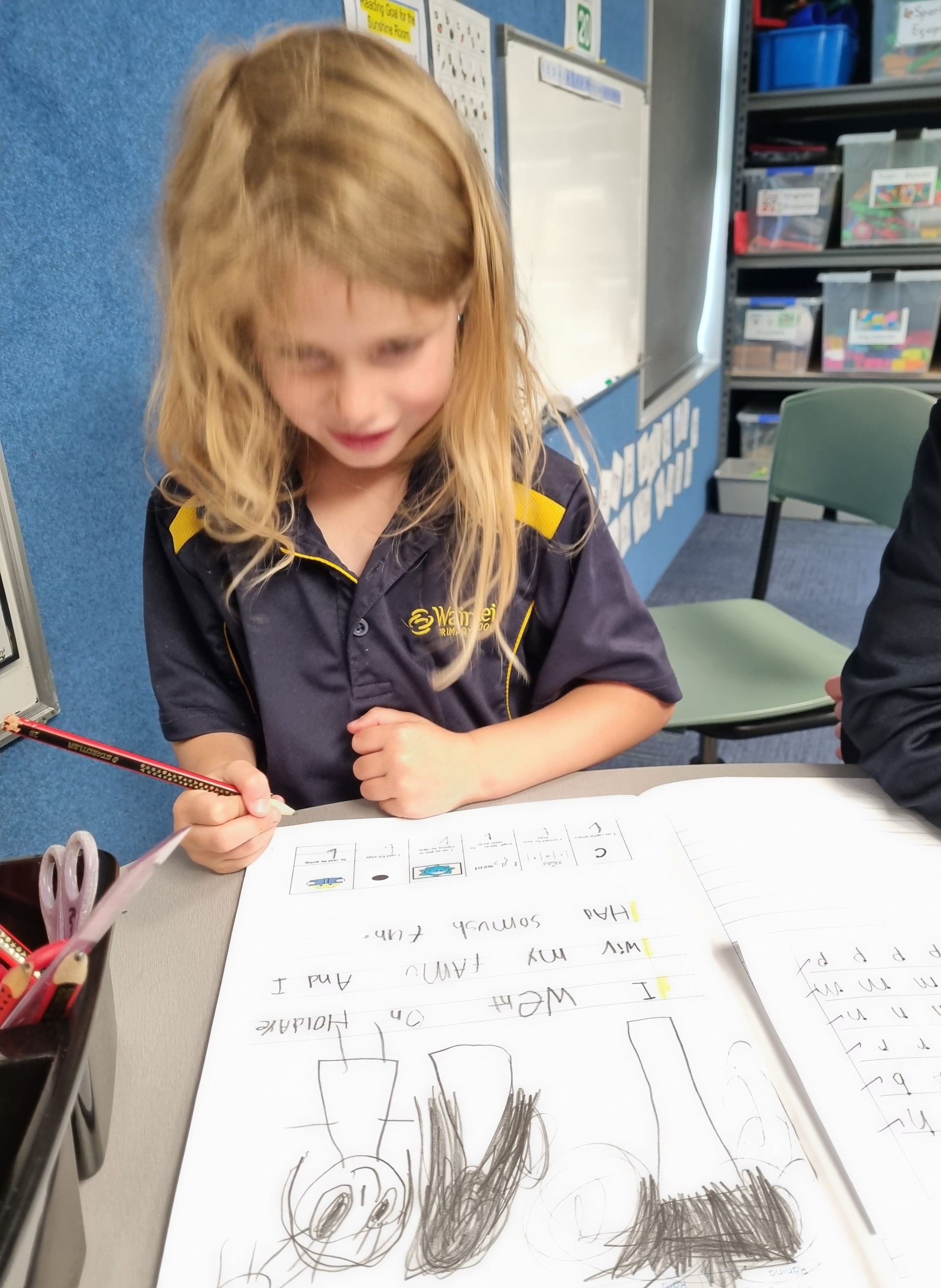

Comments
No one has commented on this post yet.